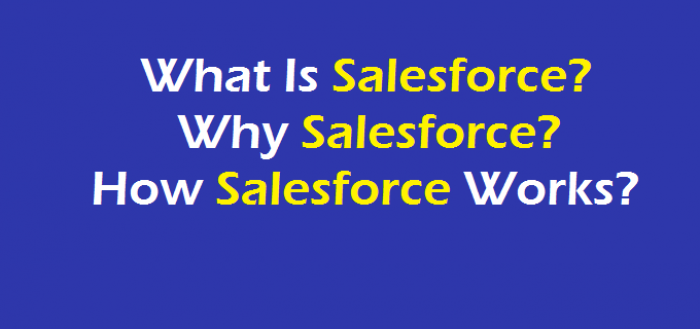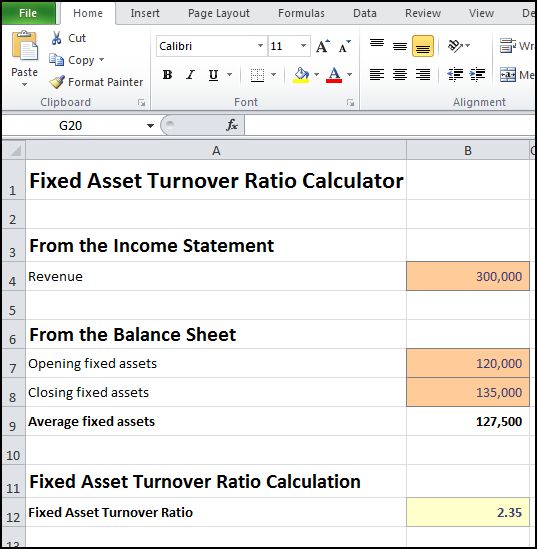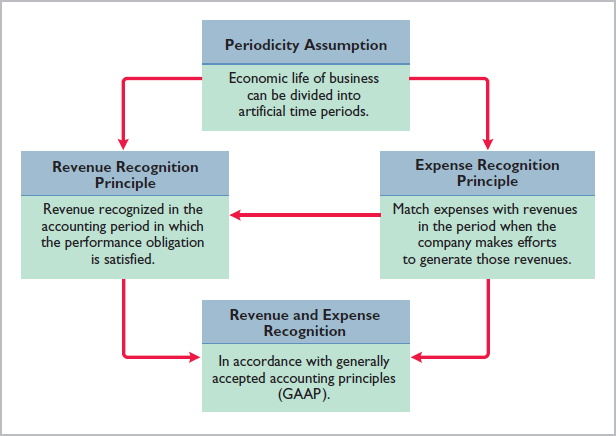Contents:
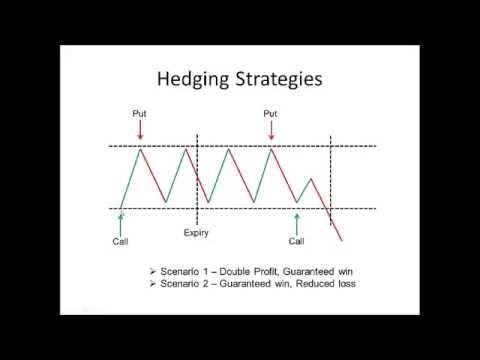
With this service-level insight into clinical cost, ABC provides actionable intelligence to help organizations improve profitability and make strategic cost-reduction decisions. These comprehensive costing solutions give health systems a full understanding of cost across the care continuum—the only level of insight that will enable strategic cost transformation in the industry’s new normal. A cost driver is something that controls changes in the cost of an activity.
Kemps markets its products under its own branded portfolio along with products sold through private label and copacking contracts. Like most dairies, Kemps was experiencing consolidation in its customer base. It decided to shift from its former customer relationship strategy—willing to do whatever the customer asked—to a lower-total-cost strategy. The new approach clearly required an accurate understanding of cost by product and customer that Jim Green, Kemp’s CEO, would use to instill a “low total cost” culture throughout the organization. Hunter can reconcile the total process time—that is, the total absolute time spent on all the activities tracked in a given period—to other measures of resources supplied, such as head count.
Activity Based Costing – ABC Approach and Example of the Steps Needed to Develop ABC Data
Because it uses time as a dynamic cost driver, true cause-and-effect relationships between products and costs become visible, providing insights that can be used to determine the right next steps for your business. Activity-based costing or ABC is a costing approach for optimizing cost and time. Besides measuring the performance of an activity, this cost accounting technique helps to identify all the costs related to every unique activity. The activity can be placed anywhere within an organizational structure, comprising of a project or process.

The mark to market view provides operational (often non-financial) information about cost drivers, activities and performance. Typical attributes include the number of direct labor hours required to manufacture a unit, purchase cost of merchandise resold or the number of days occupied. It is usually quite easy to segregate overhead costs at the plant-wide level, so you can compare the costs of production between different facilities. This can lead to the reapportionment of production work to those facilities incurring lower overhead costs, and possibly the shut-down of unusually high-cost facilities.
Benefits of Using Activity-Based Costing
Assuming the 20×1 usage of Islin is 100,000 gallons, determine the company’s raw-material purchases budget for Islin for 20×2. Determine Empire Chemical Company’s production budget for the three products for 20×2. An ______ is a distinct type of activity such as ordering materials or setting up machines. For example, you’ve set up 5,000 machines, with an overhead of £11,000.
Activity-Based Costing (ABC): Method and Advantages Defined with … – Investopedia
Activity-Based Costing (ABC): Method and Advantages Defined with ….
Posted: Sat, 25 Mar 2017 23:37:57 GMT [source]
The ever increasing and severe market competition due to globalization has increased the necessity of more accurate product costs in order to avoid the disadvantages of under-costing and over-costing. The management is not able to find these different traditional methods of costing that may be helpful in making some hard decisions which may affect the product strategies. We are here given six activities; hence, we need to allocate those costs based on their cost drivers.
You have to take so many different factors into account; where you sit in the market, what your competitors are doing and maximising profit margin without deterring customers – to name but a few. Cost estimates are now based on actual order characteristics and direct observations of processing times, not on subjective estimates of where and how people spend their time. It has been seen that Activity Based Costing can sometimes be irrelevant, especially in those cases where the overhead allocation is not done properly.
d. Facility-level Activities
Thus, in ABC, overhead cost is attributed to the cost centre or unit on the basis of number of activities undertaken in production. Activities can be perceived as consumers of resources in production of materials, services, events, or information. Activities are the common denominator between business process improvement and information improvement.
- If some products are overcosted and some are undercosted the errors will ______.
- However, it helps in attracting and retaining the best staff which is a great benefit to the whole organization.
- It may become apparent that costs are not driven solely by output volumes, and, therefore the focus on managerial attention may be significantly broadened.
But in case of https://1investing.in/, set up and adjustment time is determined for each department and its cost is directly charged to each department. Therefore ABC tries to ascertain the factors which are responsible for each major activity, costs of these activities and relationship between activities and products. Activities can be defined as a named process, function, or task that occurs over time and has recognized results. Activities use up assigned resources to produce products and services.
Articles
For instance, all the costs related to purchasing department may be combined in a cost pool related to the purchasing department. This article intends to provide a step-by-step and comprehensive guide for implementing the ABC system of accounting. We’ll keep gathering details required to complete the process in a flow. Learn the definition of activity-based costing and understand its different benefits with examples.
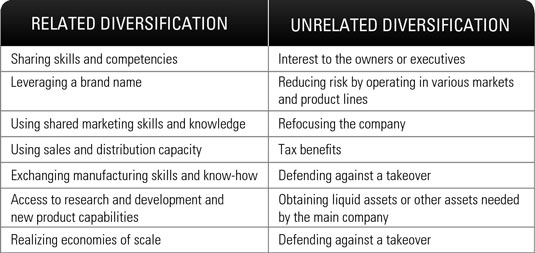
The traditional approach to fixed overhead absorption has the merit of being simple to calculate and apply. However, simplicity does not justify the production and use of information that might be wrong or misleading. If you look at the comparison of the full cost per unit in the spreadsheet above, you will see that the ABC approach substantially increases the cost of making a Deluxe unit. This is primarily because the Deluxe units are made in small batches. Each batch causes an expensive set-up, but that cost is then spread over all the units produced in that batch – whether few or many . It can only be right that the effort and cost incurred in producing small batches is reflected in the cost per unit produced.
Introduction to Activity Based Costing
Some of the benefits of ABC include having streamlined production processes, highlighting areas that require improvement, providing better product pricing, and overall increased profitability for the company. The disadvantages of the ABC method include it being expensive to implement, as well as maintenance, being a time-consuming process, being used only for internal reporting, and having the possibility of some excluded costs. Kemps, headquartered in Minneapolis, is a full-line dairy, that produces milk, yogurt, sour cream, cottage cheese, and ice cream products. Its customers are retailers and distributors as large as SuperValu and Target and as small as convenience stores.
The use of the ABC system requires monitoring small details of activities and costs with more accuracy. Although, the use of the ABC system requires the use of more administrative resources. However, the results produced for the product costing and profitability are more accurate and precise.
The A to Z of Artificial Intelligence – TIME
The A to Z of Artificial Intelligence.
Posted: Thu, 13 Apr 2023 17:02:18 GMT [source]
Cost Allocation ProcessCost Allocation is the procedure of recognizing & assigning costs to different cost objects like a product, department, program, customer, etc., as per the cost driver serving as the base for this process. Applicability of ABC is bound to cost of required data capture. That drives the prevalence to slow processes in services and administrations, where staff time consumed per task defines a dominant portion of cost. Hence the reported application for production tasks do not appear as a favorized scenario.
- CGMA designation holders qualify through rigorous education, exam and experience requirements.
- An activity cost driver is Really a measure of frequency and Strength of Demand, set on tasks by cost items.
- During this time the Consortium for Advanced Management-International (CAM-I), provided a formative role for studying and formalising the principles that have become more formally known as Activity-Based Costing.
- If you’re using the wrong credit or debit card, it could be costing you serious money.
At Finance Strategists, we partner with financial experts to ensure the accuracy of our financial content. Activity Based Costing requires accountants to follow these steps. That is why an essential aspect of any ABC endeavor is to get a clear picture of the activities a business area performs. The fundamental advantage of using an ABC system is to more precisely determine how overhead is used.
